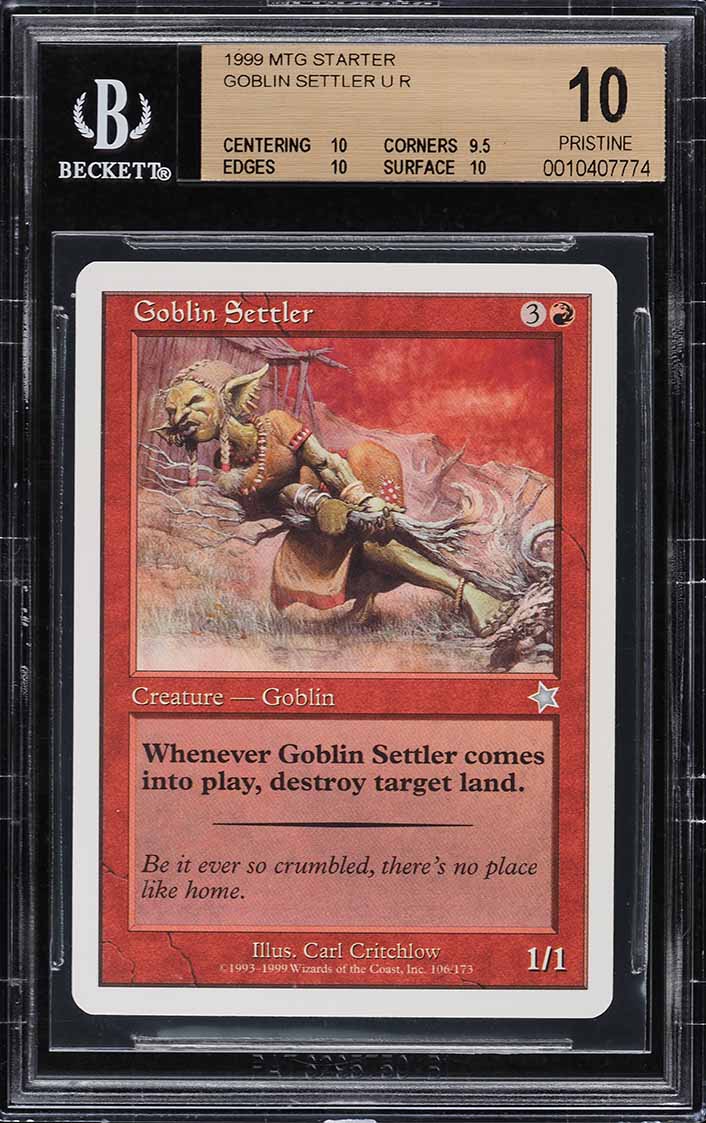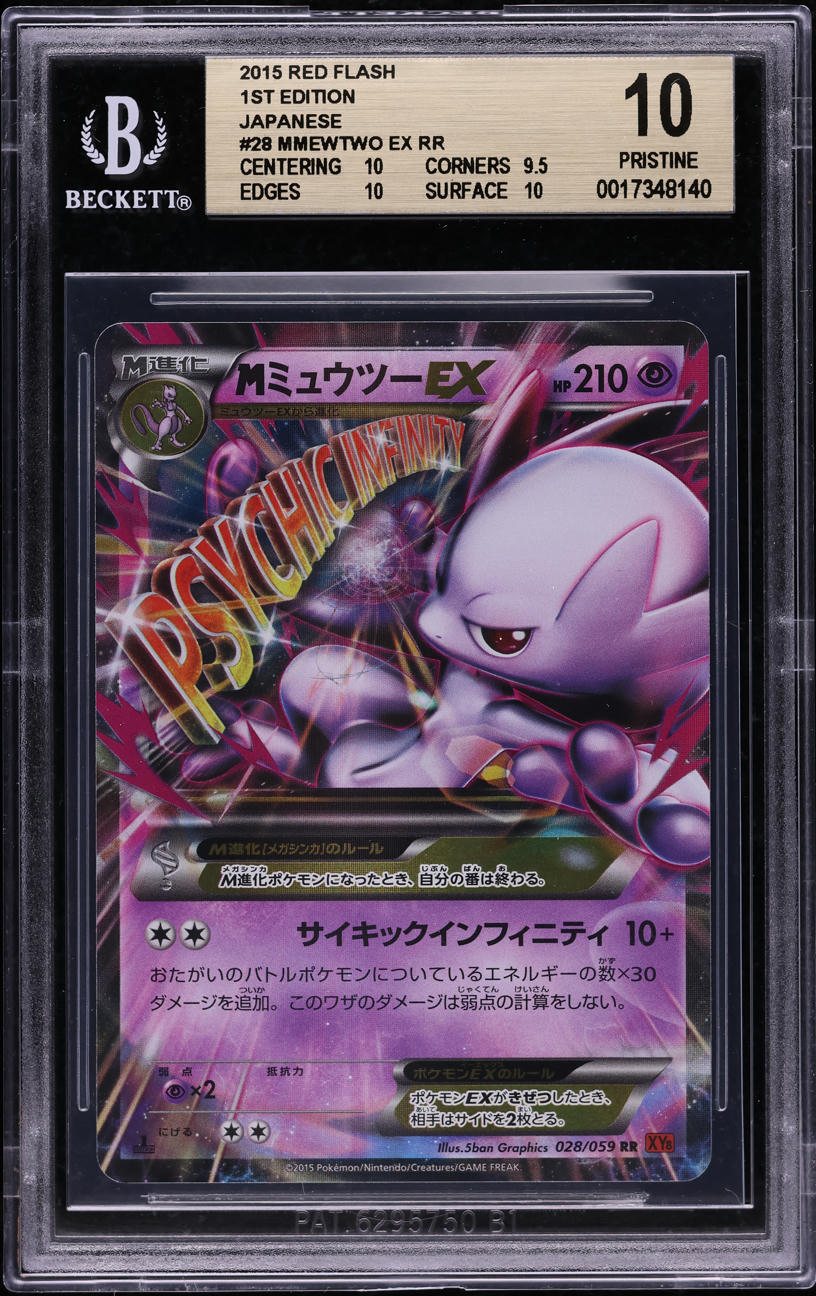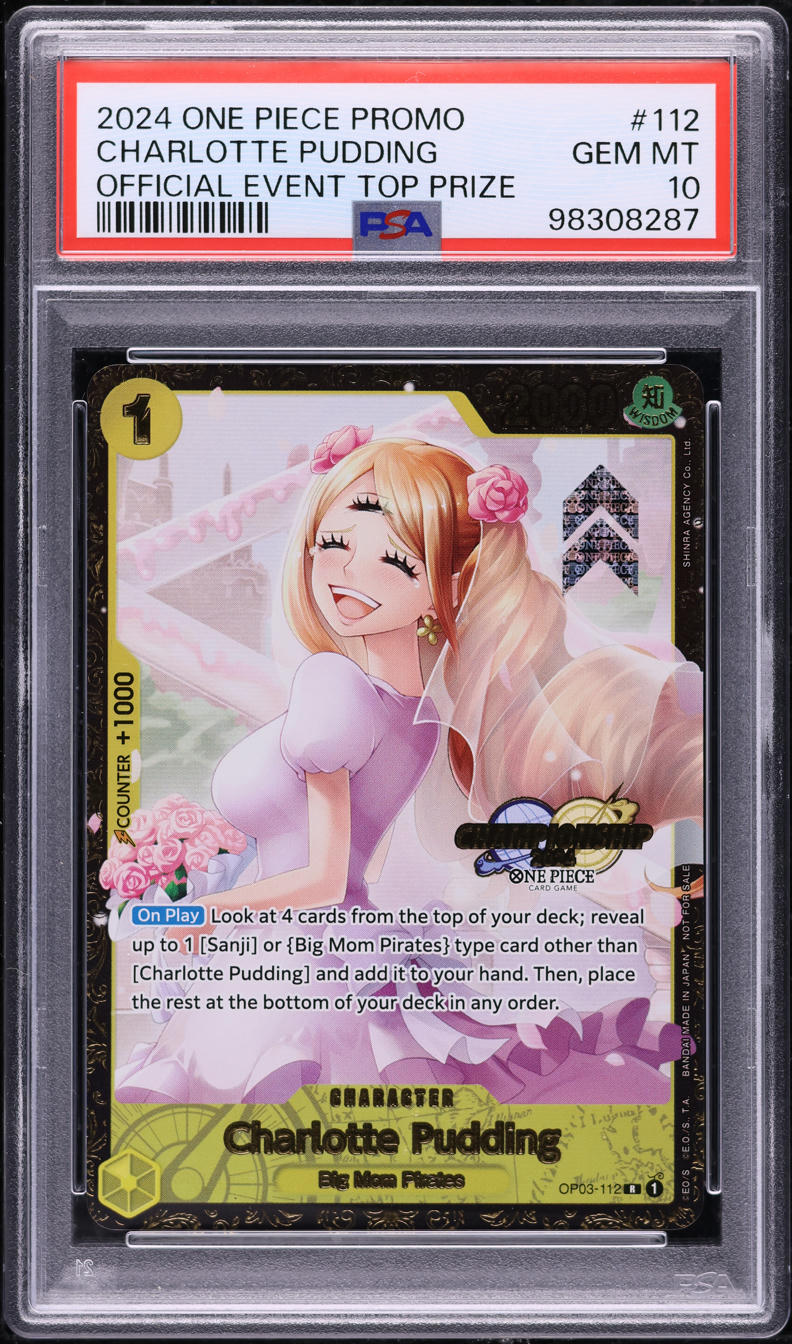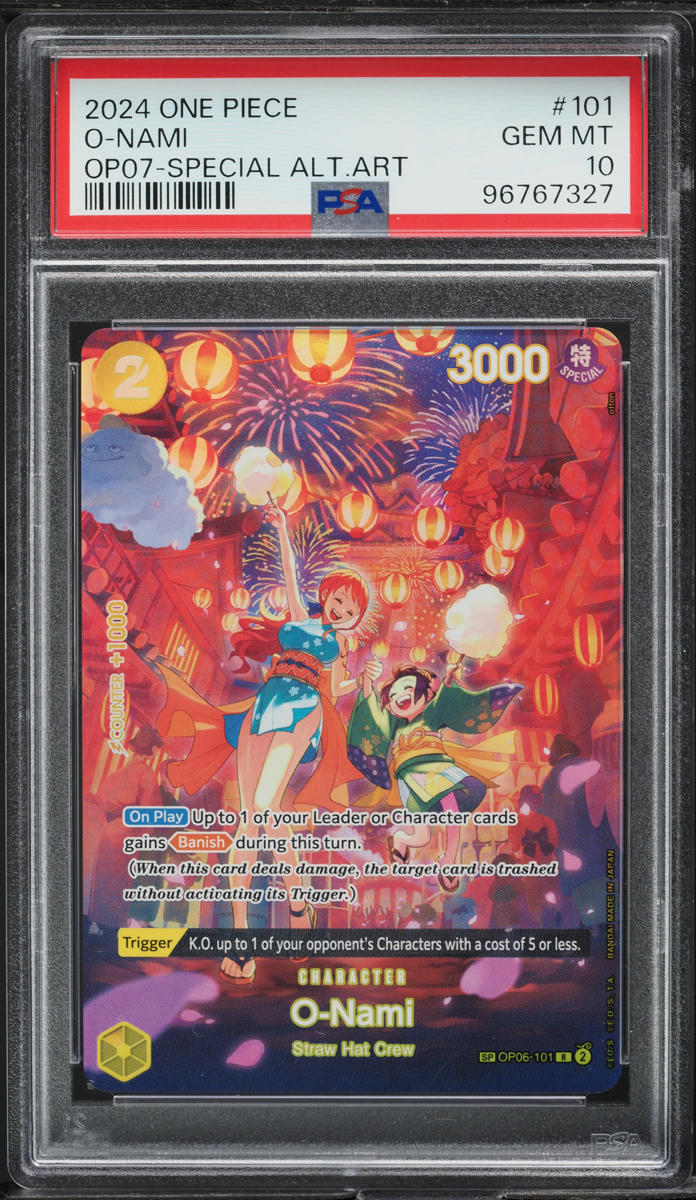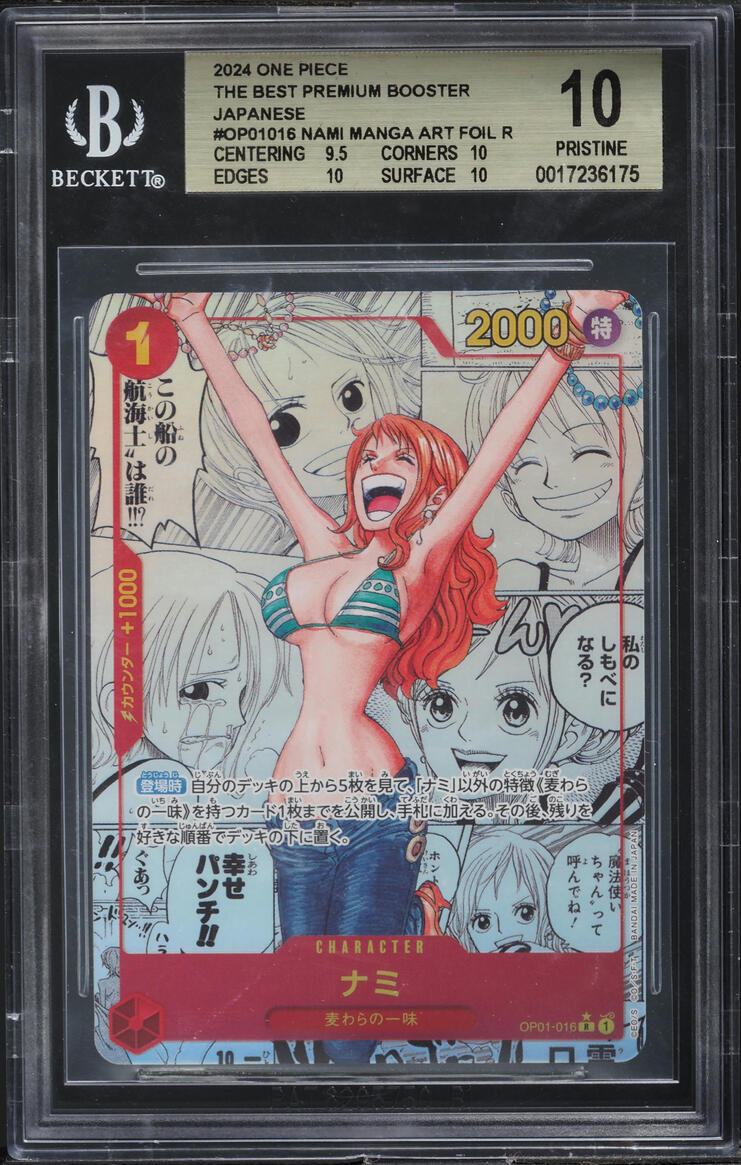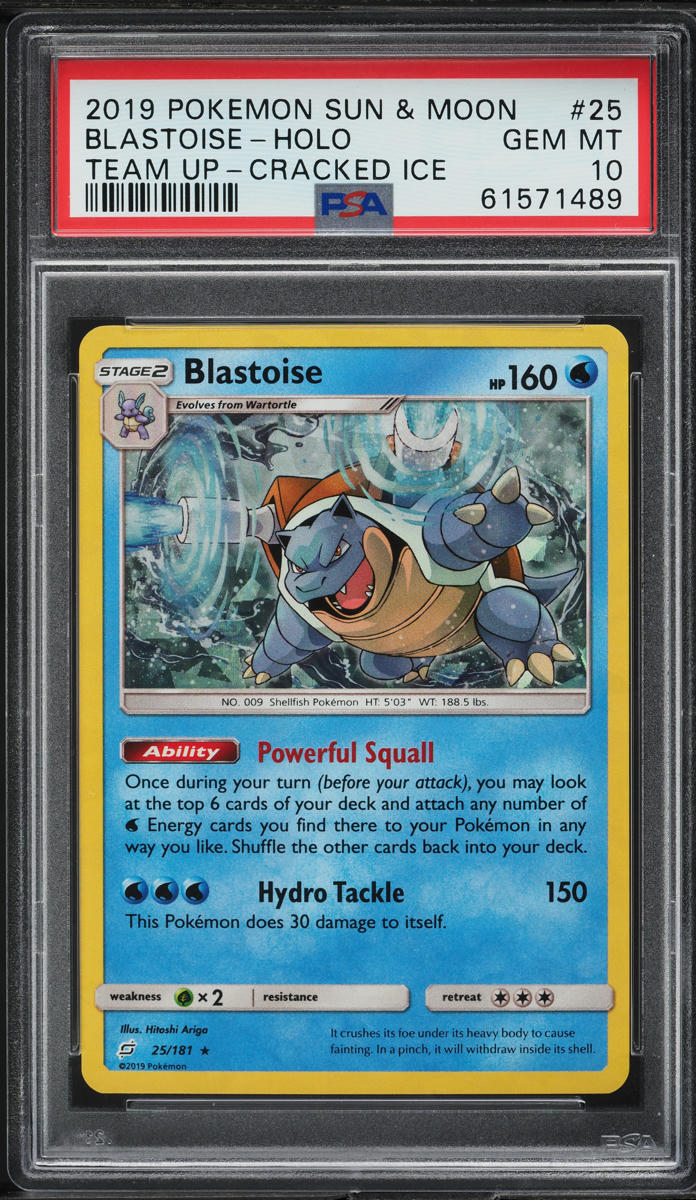 Photo by Erik Mclean on Unsplash
Photo by Erik Mclean on Unsplash
The Ever-Shifting World of the Yu-Gi-Oh! Trading Card Market: An In-Depth Look
The Yu-Gi-Oh! trading card game, first introduced in 1999, has grown into a global phenomenon with a thriving secondary market. What began as a collectible card game tied to a popular anime and manga has since become a complex and highly competitive market, where both collectors and investors battle for rare cards. Whether driven by nostalgia, competitive gameplay, or the desire to invest, the Yu-Gi-Oh! market has developed into a dynamic landscape, with certain cards achieving extraordinary value.
One of the most important factors influencing a card’s price in the Yu-Gi-Oh! market is its rarity. Cards come in various rarities, each carrying different levels of desirability. Common cards, as their name suggests, are easy to come by and hold little to no value. However, rarities such as Super Rare, Ultra Rare, and Secret Rare are much more valuable. Super Rare cards feature holographic card images, Ultra Rare cards have a gold foil name with a holographic image, and Secret Rares boast a rainbow-colored foil name and shimmering holographic pattern. As rarity increases, so does demand—especially when competitive playability comes into the equation.
Then there are the Ultimate Rare and Ghost Rare cards, which are often the holy grail for Yu-Gi-Oh! collectors. Ultimate Rares feature a textured, embossed surface, making them stand out in terms of both aesthetics and rarity. Ghost Rares, with their unique ghostly holographic effect, are even rarer and are often the most valuable cards in any set. A prime example is the Ghost Rare Black Luster Soldier – Envoy of the Beginning, which can reach prices of $10,000 or more in mint condition. Ghost Rare cards like the Blue-Eyes White Dragon are particularly sought after, making them prized assets for collectors.
However, rarity alone doesn’t dictate a card’s value in the Yu-Gi-Oh! market. The competitive nature of the game means that cards that see regular use in top tournament decks often command higher prices. Staple cards such as Ash Blossom & Joyous Spring and Maxx "C", which are key in competitive play, can fetch significant sums depending on their rarity and condition. Competitive players are willing to pay a premium for these cards, as their performance in tournaments can determine the success of a deck.
One of the most important designations when it comes to determining a card’s value is whether it is a First Edition. First Edition cards were printed in limited quantities during the initial release of a set, making them much rarer and more valuable than their unlimited counterparts. For many collectors, First Edition cards are the ultimate find, especially when looking at cards from the early 2000s. For example, a First Edition Blue-Eyes White Dragon from the Legend of Blue-Eyes White Dragon set in mint condition can sell for upwards of $80,000, especially if graded by a professional grading service like PSA or Beckett Grading Services (BGS).
Grading plays a crucial role in the Yu-Gi-Oh! market. Companies like PSA and BGS evaluate a card’s condition based on centering, edges, corners, and surface quality, assigning a grade from 1 to 10. Cards that receive a PSA 10 or BGS 10 (pristine condition) grade can see their value skyrocket, often selling for multiples of their ungraded counterparts. For example, a PSA 10 First Edition Blue-Eyes White Dragon can fetch $80,000, while an ungraded version in near-mint condition might only sell for $5,000 to $10,000.
Beyond nostalgia and collectibility, the Yu-Gi-Oh! market also fluctuates based on competitive play and the banlist. Cards that are banned from official tournaments often see their prices plummet, while those that become staples in top-tier decks can experience sudden spikes in value. For instance, Pot of Greed, once a staple card, became far less valuable after being banned from tournament play. On the other hand, cards like Ash Blossom & Joyous Spring, which see frequent play in competitive decks, continue to rise in value.
The secondary market for Yu-Gi-Oh! cards has become more sophisticated over the years, with the rise of online marketplaces and grading services. Platforms like eBay, TCGPlayer, and StockX have made it easier than ever for collectors and players to buy and sell cards, while grading has added a new layer of trust and authentication to high-value transactions. In recent years, the market for vintage Yu-Gi-Oh! cards, particularly those from 1999 to 2005, has seen an enormous surge in value. Collectors who grew up playing the game now have disposable income, driving up demand for early First Edition cards like Blue-Eyes White Dragon, Dark Magician, and Red-Eyes Black Dragon.
Another trend shaping the market is the increasing demand for graded cards. As more collectors send their cards to be professionally graded, the market has seen a significant rise in prices for mint-condition graded cards. For many, grading offers peace of mind, ensuring that the card’s condition has been authenticated and preserved in a tamper-proof case. In turn, this creates a more structured market where cards graded PSA 10 or BGS 9.5 command premium prices. Cards like the PSA 10 Dark Magician Girl from Magician’s Force have seen steady increases in value, with prices reaching $10,000 to $15,000 depending on the market.
Reprints have also impacted the Yu-Gi-Oh! market, particularly with the introduction of sets like Maximum Gold and Ghosts From the Past, which offer reprints of popular cards with a new rarity twist. While reprints can dilute the value of certain cards, original print First Editions remain highly valuable due to their scarcity. For example, a reprinted Blue-Eyes White Dragon may only be worth a few dollars, but a First Edition Blue-Eyes from the Legend of Blue-Eyes White Dragon set can still command tens of thousands of dollars in mint condition.
Looking ahead, the future of the Yu-Gi-Oh! market appears bright, driven by a combination of competitive play, collector demand, and the nostalgia factor. Vintage cards will likely continue to rise in value as more collectors seek to own pieces of Yu-Gi-Oh! history, while the competitive scene will keep certain cards in high demand. Additionally, the increasing interest in graded cards points to a growing investment opportunity within the market, as collectors seek out mint-condition cards for their collections and portfolios.
In conclusion, the Yu-Gi-Oh! trading card market is a multifaceted and ever-changing landscape. With a deep understanding of rarity, competitive trends, and the importance of First Edition and graded cards, collectors and investors can navigate this complex market with confidence. Whether you’re looking to relive your childhood memories or capitalize on the growing value of vintage cards, the Yu-Gi-Oh! market offers plenty of opportunities for those willing to dive deep into its intricacies.
 Trending
Trending
